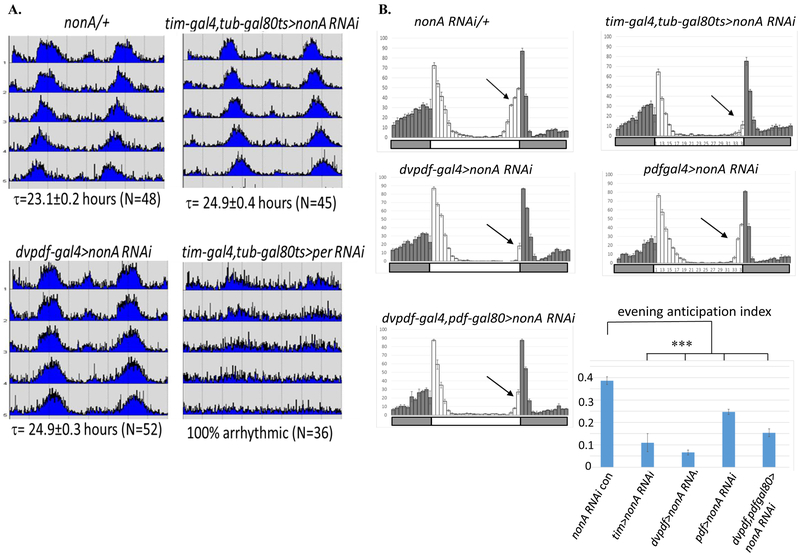Figure 2. Downregulation of NonA Lengthens Circadian Free-run Period and Inhibits Evening Activity Anticipation.
A. nonA RNAi knockdown by tim-gal4, tubgal80ts or dvpdf-gal4 resulted in modest long period. Flies were entrained for 3–4 d in 12-hrs-light-12-hrs-dark (LD) cycles and released into constant darkness (DD) for at least 5 days at 29°C. τ: free-run period. Average activity actograms under DD1-5 were shown for nonA RNAi/+, tim-gal4, tubgal80ts>NonA RNAi, dvpdf-gal4>NonA RNAi flies (Levine et al 2012). tim-gal4, tubgal80ts>per RNAi as a control for the driver. Note: Knockdown of NonA by tim-gal4 causes lethality of flies. B. Evening activity anticipation is inhibited in the nonA RNAi mutants. Flies were entrained as A. Average activity plots at 4 LD cycles were shown. Evening locomotor activity (anticipation) was dramatically inhibited by the tim-gal4, tub-gal80ts and dvpdf-gal4 drivers (black arrows). The inhibition in the pdf-gal4> nonA RNAi stain is modest probably due to its weaker driver. Evening anticipation index is calculated as the percentage of the total activity 3 hours before light-off relative to total evening activity. Statistical analysis was done by 2-tailed, unpaired Student's t tests. Compared to the control, the evening anticipation indexes in all RNAi strains tested are significantly reduced (***p<0.001). LD cycles light-on (white bar), light-off (gray bar).

